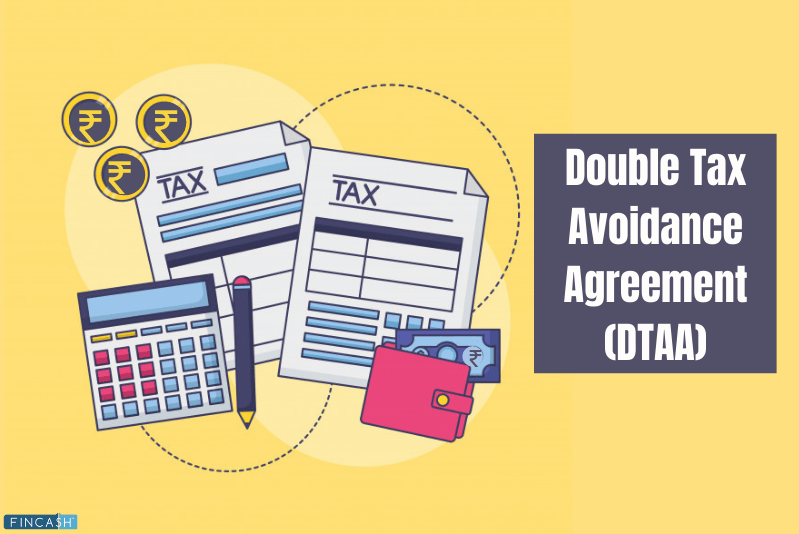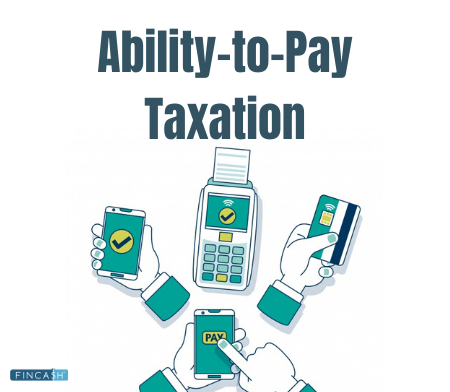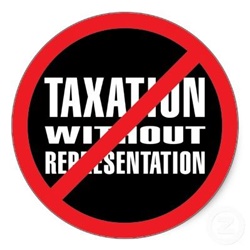Double Taxation Avoidance Agreement (DTAA)
Tax, in any country, is one of the most crucial factors of development. It is the citizen’s contribution to the growth and development of the country in every area. Rules of taxation vary from country to country. Governments provide sections within taxation for relaxation for people under a certain Income bar. However, there is still a phenomenon called double taxation that exists even today.

Double taxation refers to taxing an income twice for the same purpose, period and in the same area of tax jurisdiction. In 1920, a group of four famous economists named Prof. Gisbert, Prof. Luigi Einaudi, Prof. Edwin Seligman and Prof. Josiah Stamp were called to recommend certain International taxation rules by the League of Nations. They were asked to allocate taxing rights under Double Taxation Avoidance for avoiding tax on the same income.
What is DTAA?
The full form of DTAA is Double Taxation Avoidance Agreement. DTAA agreement is always between the two countries. It states that the income of non-residents should not be liable to tax both in their country of origin and in the country of residence.
Previously, certain reforms on this front were presented by the Committee of the League of Nations in 1927. Then the Fiscal Committee of the Organisation European Economic Co-operation (OEEC) published a draft version in 1963. Later, in 1976, the United Nations Social and Economic Council published its Model Convention in Geneva.
The Double Taxation Avoidance Agreement is based on four models. They are mentioned below:
- OECD Model Tax Convention
- UN Model Double Taxation Convention
- US Model income tax Convention
- Andean Community Income and Capital Tax Convention
Talk to our investment specialist
Purpose of DTAA
The various purposes of DTAA are mentioned below:
1. Technology
One of the primary objectives of DTAA is the transfer of technology.
2. Prevention
DTAA aims at preventing tax avoidance, grant relief, evasion, avail tax credits and prevent discrimination between taxpayers.
3. Improvement
It also aims at improving co-operation between two different authorities of tax and attracts foreign investment by providing relief from dual taxation.
4. Promotion
It aims at promoting the exchange of goods and service along with the movement of capital and person.
5. Provision
It aims at providing clarity on how certain cross-border transactions can be taxed. It also lays down specific rules for the division of revenue in two countries.
6. Exemption and Reduction
It aims at exempting certain income in both countries and reducing the applicable Tax Rate on certain incomes.
DTAA in India
India follows the UN model of double taxation avoidance agreements. This agreement prescribes the maximum rate of taxation which will be charged in the source country as well as residency. The rate of tax in the source country is generally lower. The avoidance of double taxation can prove unfavourable for the country itself.
Section 90 and Section 91 of the Income Tax Act, 1961 deals with Double Taxation Relief. India has thereby entered into an arrangement with 88 countries from across the globe with regards to this subject. It has entered into a comprehensive, intergovernmental agreement to improve international tax compliance.
In 1983, the Andhra Pradesh High Country in Visakhapatnam Port Trust reported 144 ITR 146 (AP) that the provisions of DTAA are as much as part of local tax law and that where something is taxable under the local law but subject to avoidance of tax under these agreements, the authorities at whatever stage of proceedings can and in fact are duty-bound to give effect to the agreement.
Later in 1993, the Karnataka High Court in R.M Muthiah reported that the ITR 508 with effect to the agreement would be as follows:
- If a Tax Liability is put forth by the Income Tax Act 11961, the agreement or article can resort to reducing it.
- No provision of the agreement or article can impose a levy where the liability is not imposed by the Income Tax Act 1961.
Note that in the agreement or articles differ from the Income Tax Act 1961 provisions, the latter will prevail. This was upheld in the Supreme Court ruling un UoI v. Azadi Bachao Andolan reported in 2003 as per 263 ITR 706 (SC).
Benefits of DTAA in India
Subject to DTAA, any non-resident person of India must show a ‘Tax Residency Certificate’ or Form 10F from the tax authorities of the country where the person currently resides. The income will be entirely exempted from tax or will be taxed at a lower rate. If the income is taxable under DTAA arrangements, the non-resident beneficiary has to pay the tax in India and then claim the refund of such a tax against the tax liability in one’s country of residence.
Conclusion
DTAA is a boon to Indian registered taxpayers as well as those around the world. Compliance with the rules will be beneficial.
All efforts have been made to ensure the information provided here is accurate. However, no guarantees are made regarding correctness of data. Please verify with scheme information document before making any investment.












